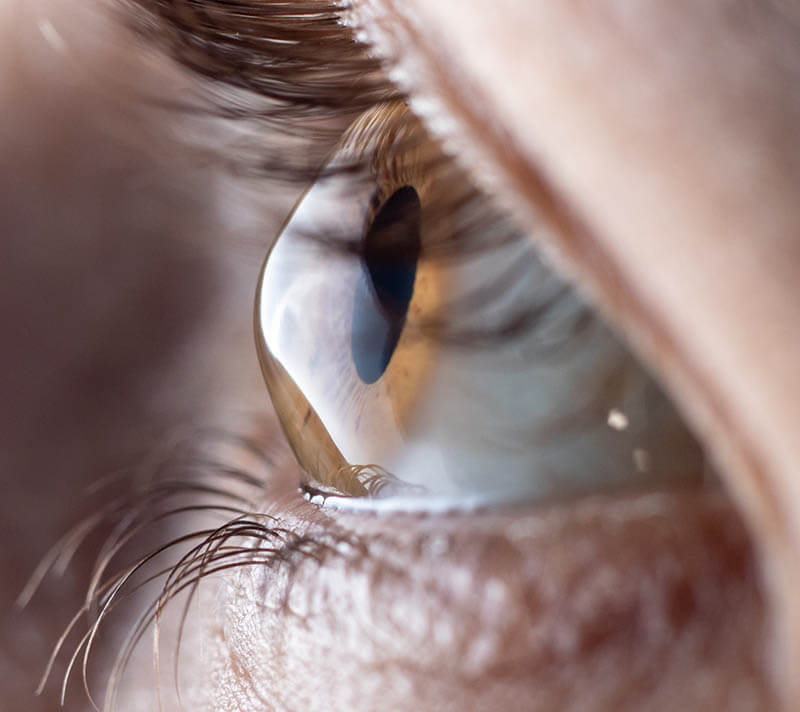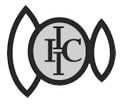Cornea Surgery (CXL)
What is CXL?
Corneal Collagen Crosslinking (CXL) is a procedure to strengthen the cornea, or front windshield of the eye, in people with weak or unstable corneal tissue. This disease family is called ectasia, and it includes diseases such as keratoconus, pellucid marginal degeneration, and post-refractive ectasia.
Essentially, the cornea isn’t strong enough to hold its shape, so it begins to droop or warp, causing decreased vision. This can eventually result in a scarred cornea, requiring a transplant.
With CXL, the cornea is stiffened to hold its shape better and protect against future vision loss. It is FDA approved for use in keratoconus and post-refractive ectasia, and most people with pellucid marginal degeneration may also get some benefit.

How Does CXL Work?
The procedure itself is straightforward. CXL consists of the combined use of riboflavin eye drops and ultraviolet light. When used in combination, the medication eye drops and UV light work to change the fibers of the cornea to help strengthen the cornea and in turn stop the progression of the weakening of the corneal fibers.
How Effective is Corneal Cross-Linking?
There are different types of corneal cross-linking as technology develops, with slightly different tissue preparation procedures and slightly different mixtures of riboflavin and/or oxygen supplementation. We have performed the clinical trials for many of these technological advancements. Generally, however, many studies show that CXL can prevent further vision loss in the vast majority of patients. Some patients even have slightly better vision afterward, generally due to less extreme glasses prescriptions or better fitting contact lenses, though the goal is stopping progression or worsening.
As the goal of CXL is to stop the progression of keratoconus, it does not reverse the cause of keratoconus or provide LASIK or refractive-like results. Post CXL, patients are able to lessen their chances of a potential corneal transplant and do tend to find other options to help their vision (i.e. contact lenses vs. glasses, etc.).
Some patients do seem to find improvement in their vision post CXL but it is not 100% the case for every patient as all eyes are different and all degrees of keratoconus and pellucid are as well. Cross-linking is something that we do not recommend waiting around for. Each line of vision that is lost to keratoconus may not be regained. Therefore, we recommend cross-linking as early as progressive keratoconus is diagnosed.
Corneal Surgery FAQs
Additional Information
Please visit the National Keratoconus Foundation’s website to see all the approved CXL sites in the United States.

The doctors at Slade and Baker Vision have either authored or reviewed and approved this content.





